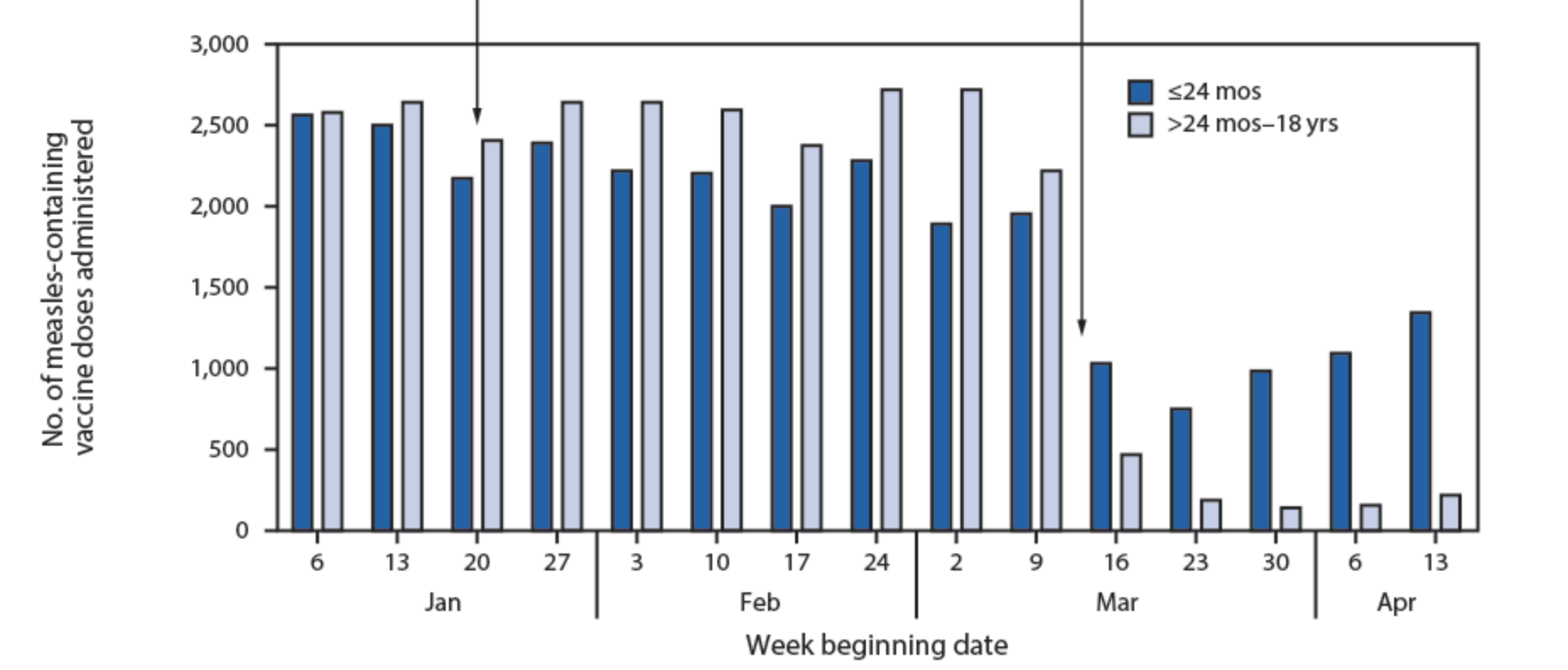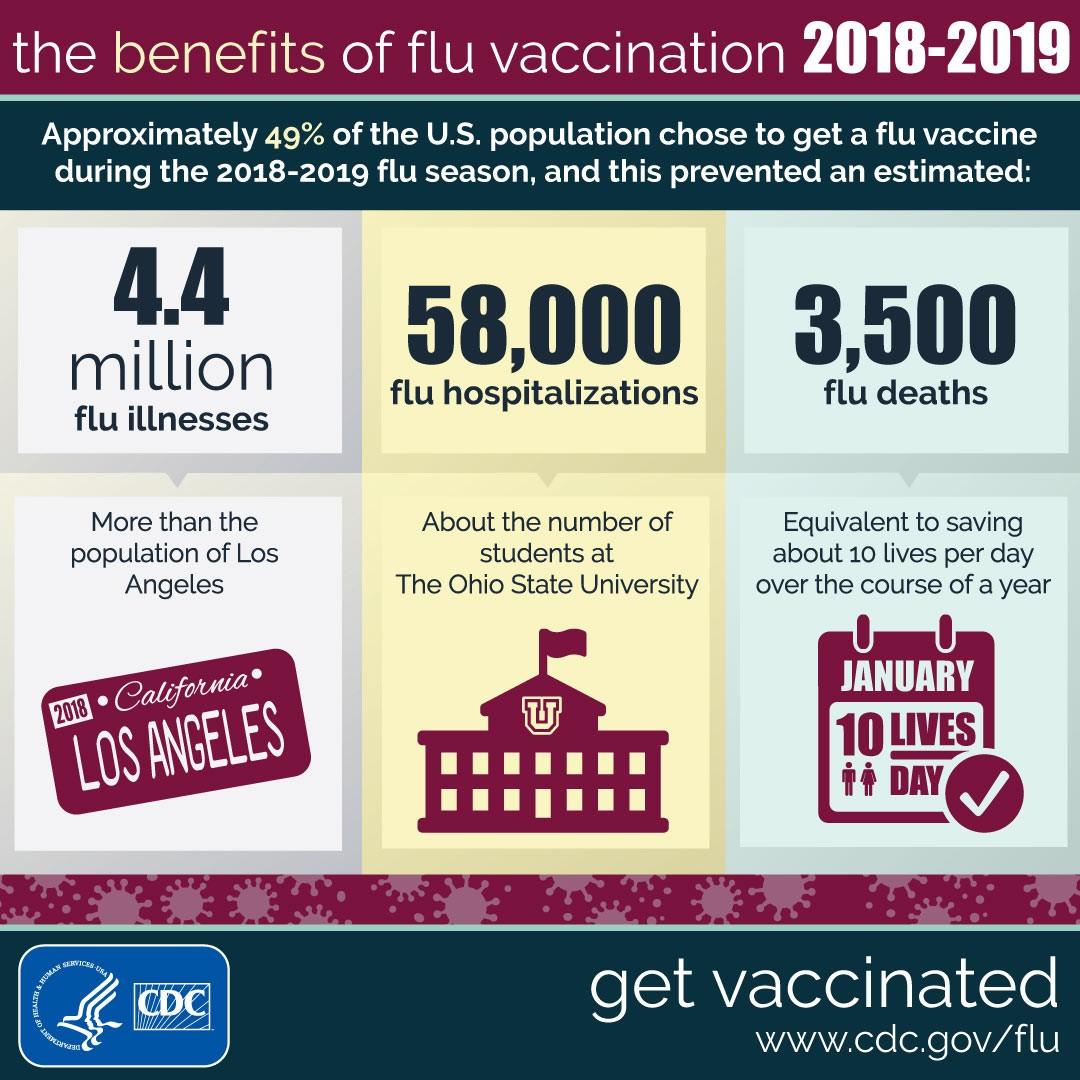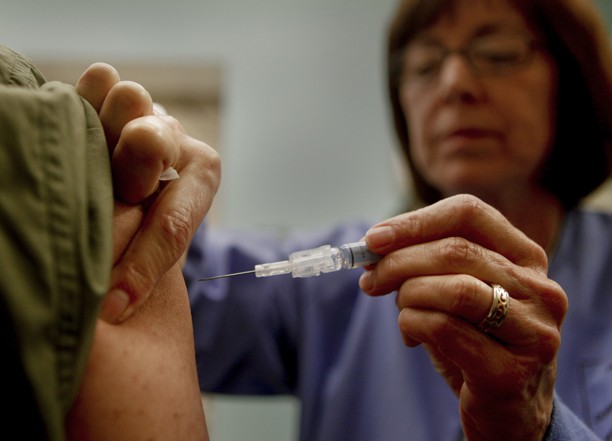The U.S. is now over five months into a devastating battle with seemingly no end in sight.
As of Aug. 24, the COVID-19 pandemic has taken over 180,000 confirmed lives and infected about 6 million individuals. On top of this, a latent issue could be rising to the surface as schools across the country are in the process of reopening: a stark drop in childhood vaccination rates.
A federal report from the Centers for Disease Control and Prevention released in May warned that childhood immunization rates were falling to concerning levels. According to the agency, there was a 90% decrease in the rate of measles-containing vaccines administered to children ages 2-18 during mid-January to mid-April.

Source: CDC
According to the table, about 2,600 measles-containing vaccinations were administered in the U.S. to children ages 2-18 during the week of Jan. 13. However, that number dropped to about 250 during the week of April 13.
Measles is a highly infectious viral disease that spreads through the air by respiratory droplets produced from coughing or sneezing. Experts estimate that the R0 (R naught) value for measles is between 12-18, which means that each person with measles would, on average, infect 12-18 other people in a totally susceptible population.
“Vaccines prevent infections in [children] and they also prevent infection from being transmitted to other people. So it’s a huge benefit,” said Dr. Nathan Price, a pediatric infectious disease physician at the University of Arizona College of Medicine — Tucson. “We find that childhood diseases really, for the most part, and in certain situations, have been completely eradicated because of these vaccines.”
RELATED: FDA announces emergency use authorization of convalescent plasma therapy
The CDC notes that two doses of the measles, mumps and rubella (MMR) vaccine are about 97% effective at preventing measles, and one dose is about 93% effective. However, despite the proven efficacy, the pandemic has created a fear of the unknown, and as a result, many families are trying to avoid going to the doctor’s office for safety reasons, even if it means compromising the frequency of vaccinations.
“At this point in time, it’s about making an appointment with your provider to go get caught up on vaccines. I think the doctor’s offices have now been able to equip themselves to battle handle COVID,” Price said.
Recently, the U.S. Department of Health and Human Services gave permission to pharmacists nationwide to administer all scheduled vaccinations to children as young as three, including the flu vaccine, a step that will make immunization more convenient for parents.
“Any time you increase access to vaccines, you’re going to increase vaccination rates,” Price said. “I suspect that with this increased access, the rates of vaccinations will increase, as well, and hopefully the ability to prevent infection will increase, too.”

Source: CDC
The efficacy of the flu vaccine typically falls between 40-60% each year, according to the CDC. However, with declining vaccine rates and increasing influenza infections acting in synergy with the COVID-19 pandemic, a fall season of widespread infections is concerning.
“I think it’s a definite risk and people really need to take personal responsibility that they go and get their vaccinations and that they do social distance both on and off-campus,” Price said. “There is a major risk of having more influenza and if people aren’t getting vaccinated … then we could have problems.”
On the other hand, the increased awareness of social distancing and proper hygienic behaviors, such as wearing a mask and hand washing, could lead to a milder flu season this year, according to Price.
According to the Arizona Department of Health Services, in the 2009-2010 influenza season, there were about 13,000 reported infections across the state. However, 10 years later, during the 2019-2020 season, that number rose to nearly 36,500. During that time frame — 2009 to 2020 — over 43% of the reported influenza infections came in patients who were 18 years or younger.
This year’s influenza season could go in one of two directions. However, the director of the CDC, Dr. Robert Redfield, has publicly said that “the fall and the winter of 2020 and 2021 are going to be the probably one of the most difficult times that we experienced in American public health.”
Follow Amit Syal on Twitter









